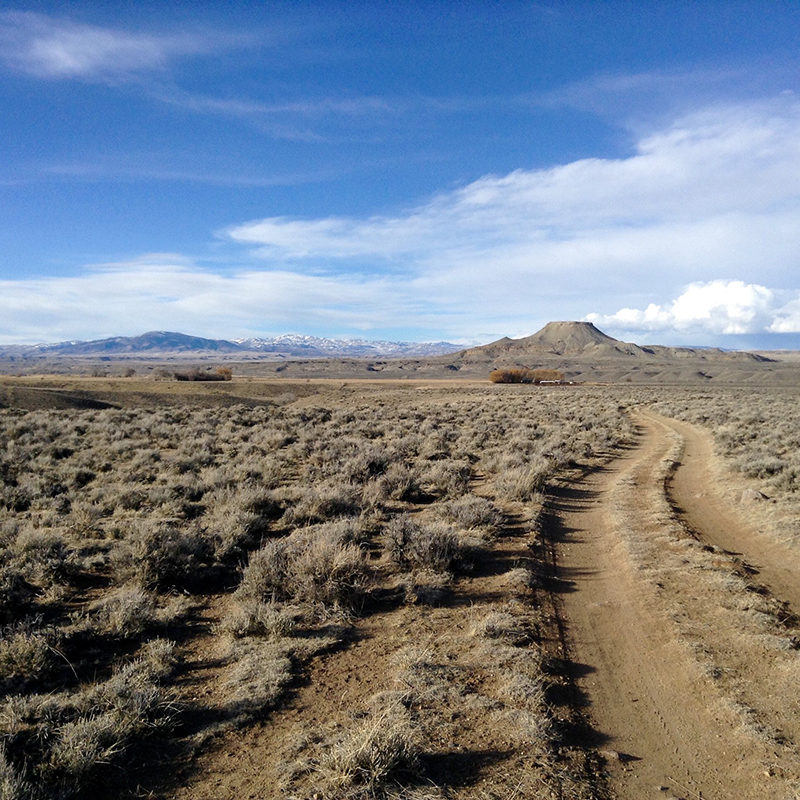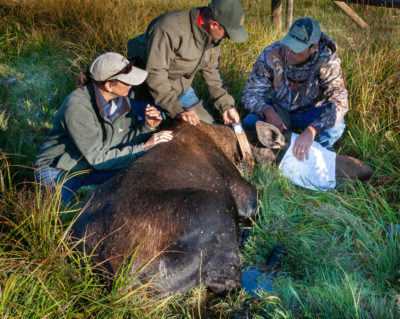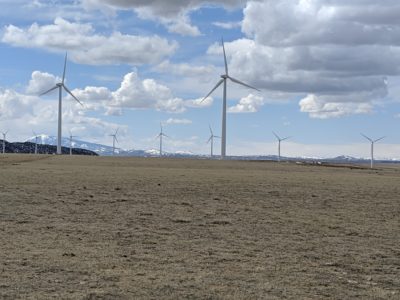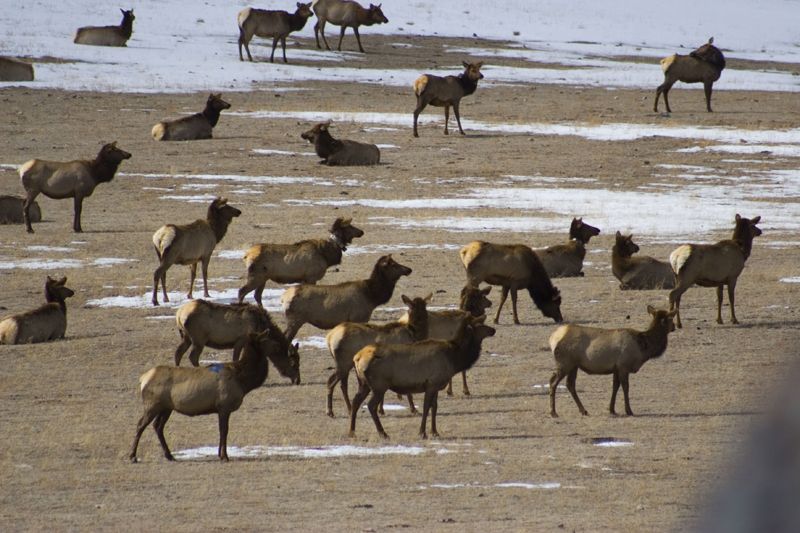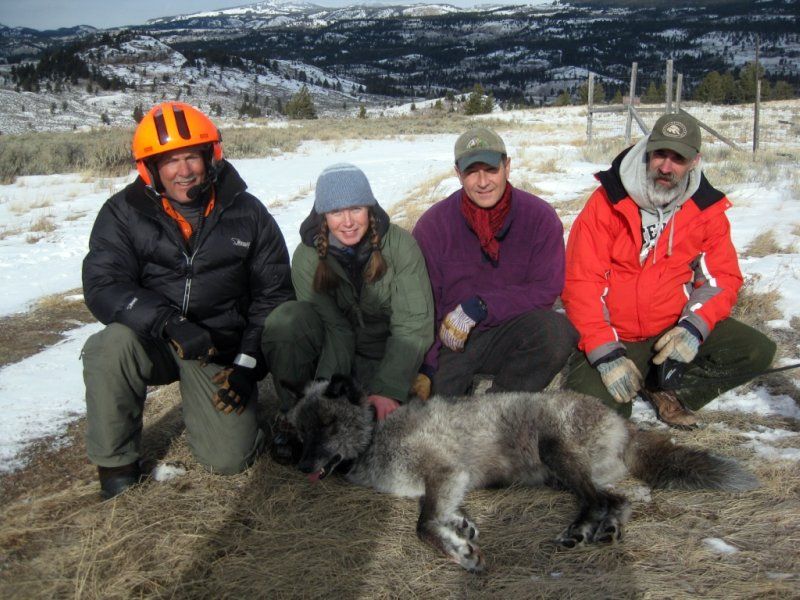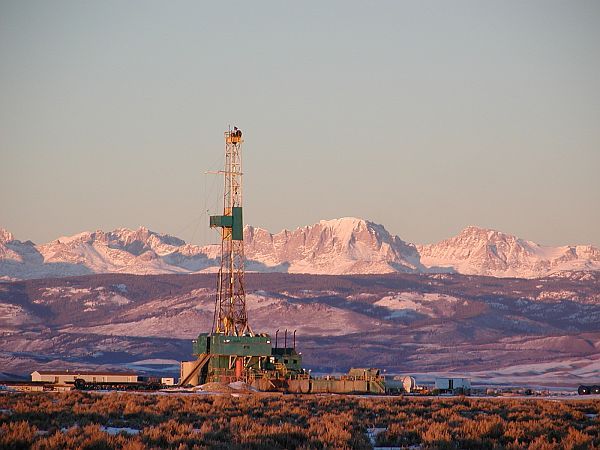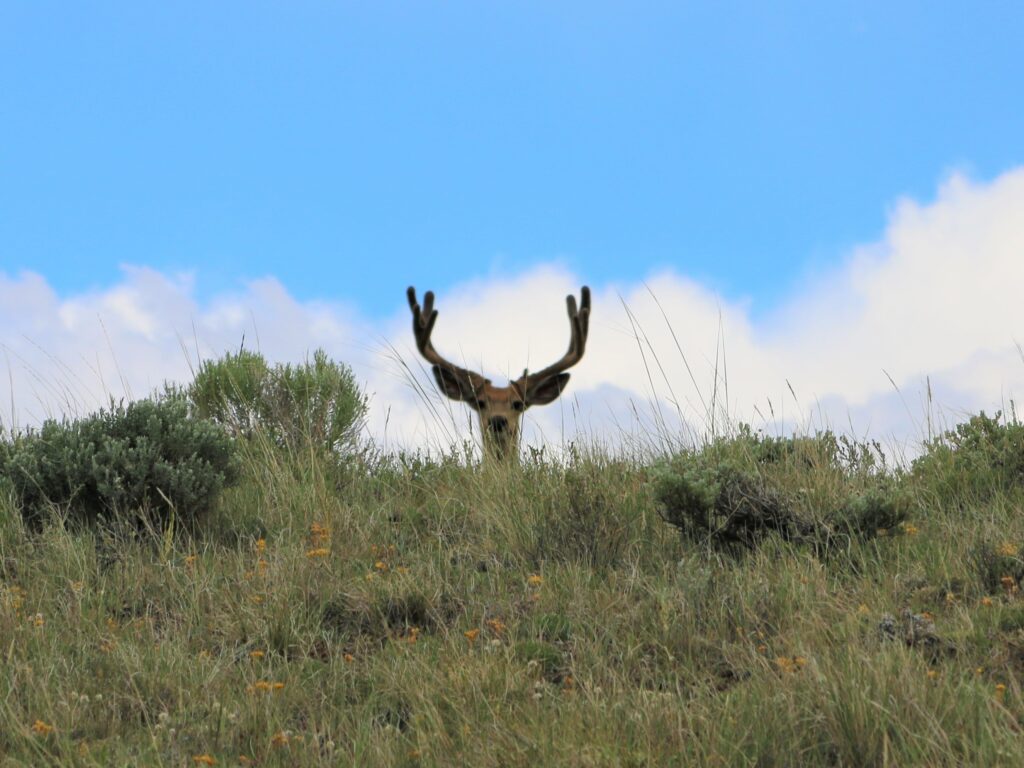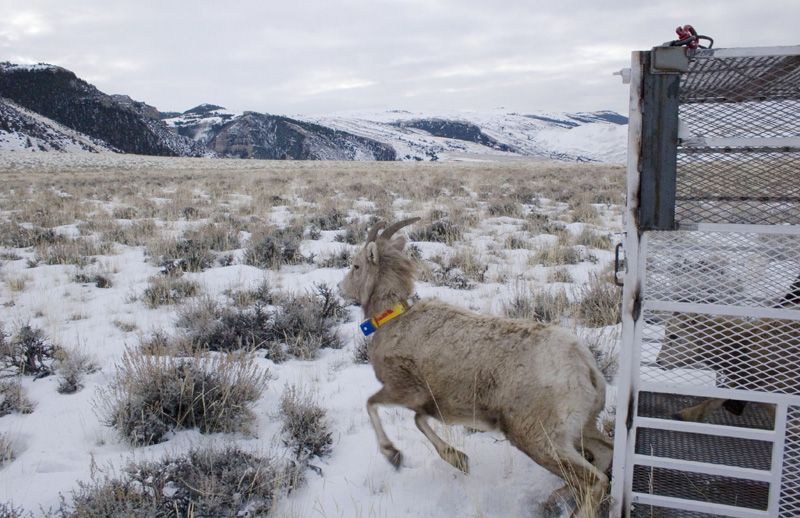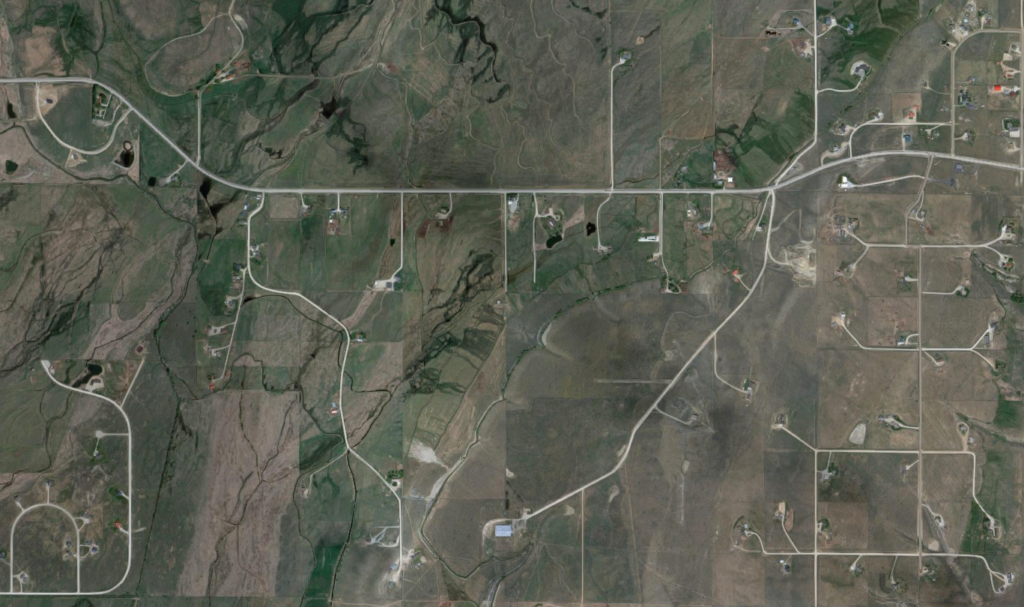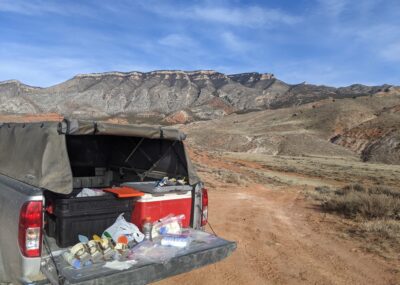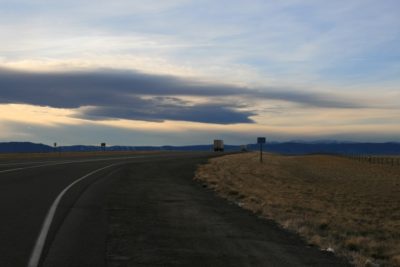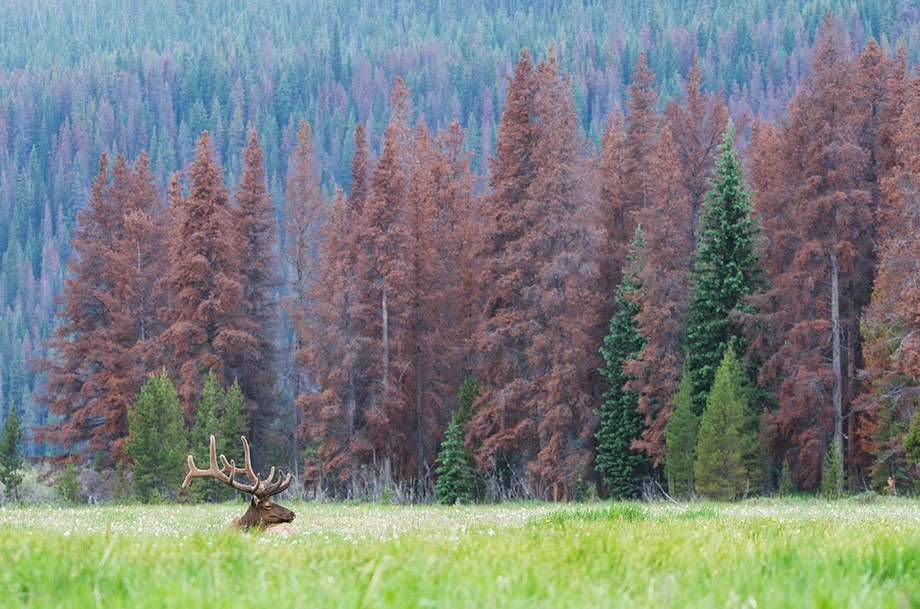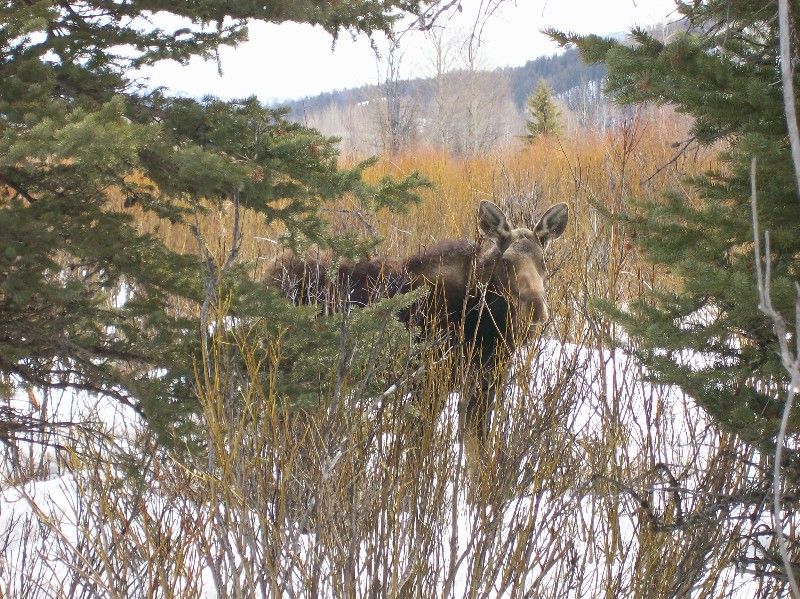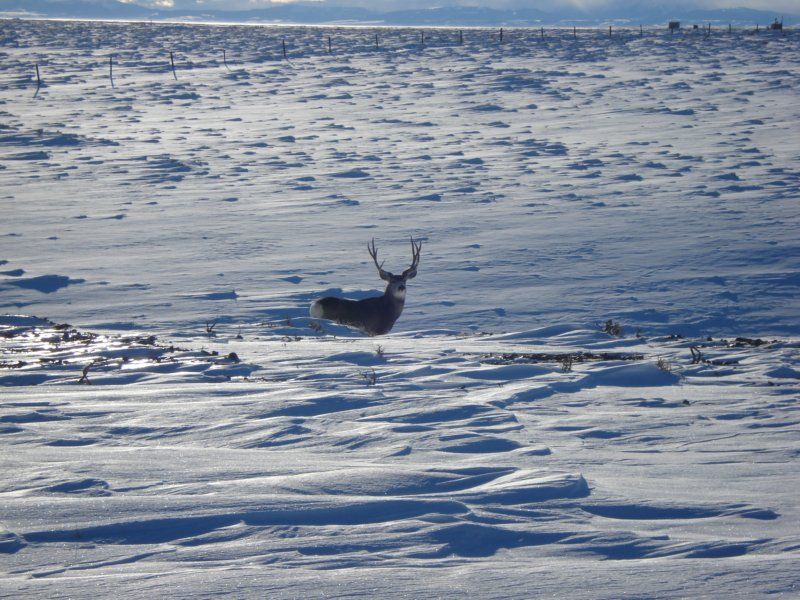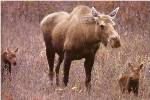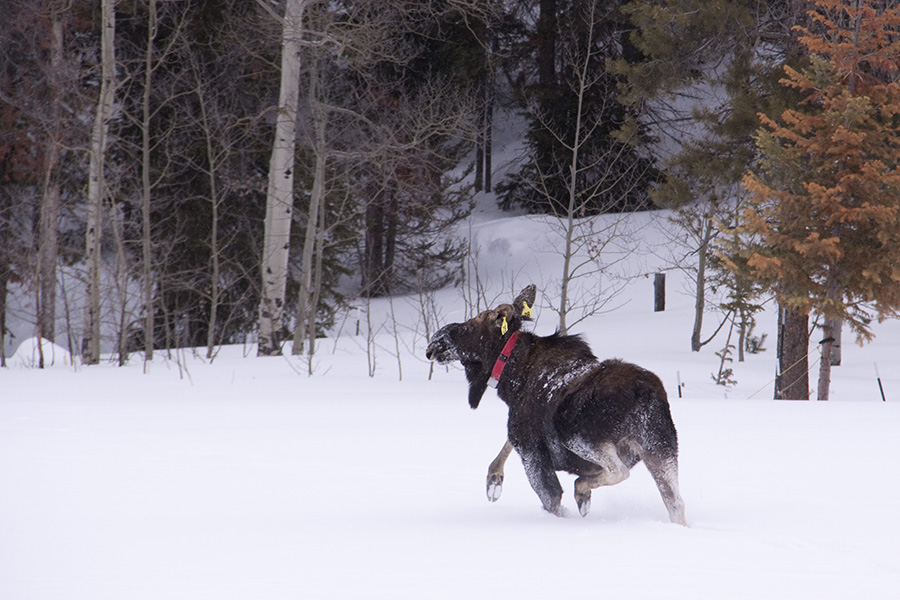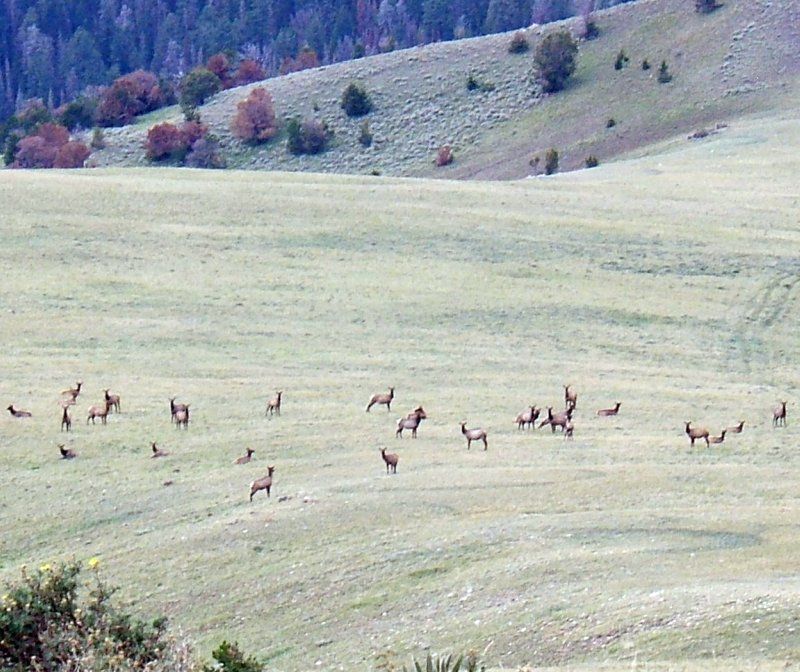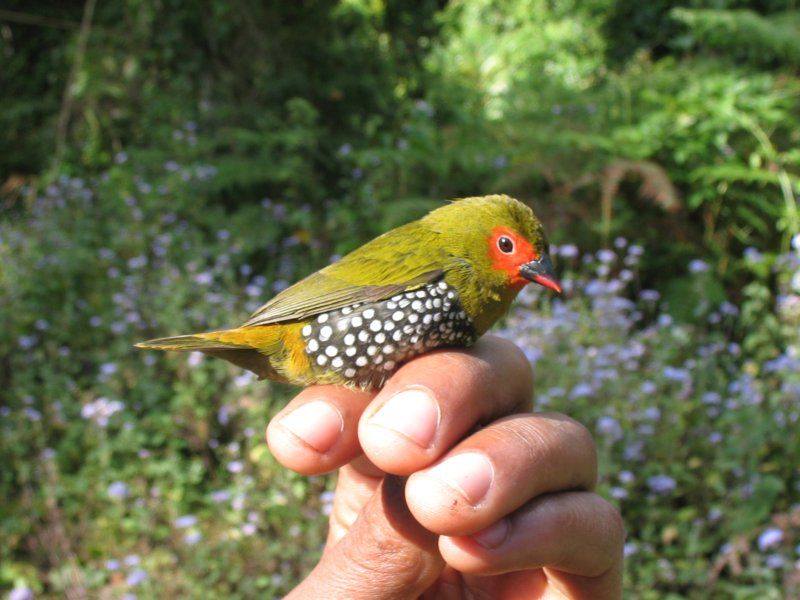Kauffman Lab
We conduct ecological research to help better understand, manage and conserve animal populations. Our applied research program builds knowledge about wildlife populations and communities by seeking general solutions to specific management and conservation challenges. Although our ecological research interests are broad, we tend to focus on large mammals (ungulates in particular), and we seek to understand their behavior, population dynamics, community-level interactions, and the factors that sustain their seasonal migrations.
Vast, wild landscapes that still support functional ecosystems are a hallmark of Wyoming and the West. Our work seeks to better understand how these systems work and how their functioning is altered by anthropogenic disturbance and habitat loss. By better understanding the ecology of the Western landscape, we hope to provide knowledge and tools to managers that seek to maintain healthy wildlife habitats and communities.
LEARN MORE ABOUT OUR RESEARCH »
Projects
Elk and Mule Deer Migrations: Wind River Indian Reservation
The Wind River Reservation provides vast and intact winter range for at least 10,000 elk and approximately 5,000 deer on the Owl Creek and Wind River Mountain winter ranges in…
Evaluating moose movement strategies and habitat use across Wyoming
Ecologists are increasingly quantifying animal movement strategies as a function of the underlying patterns of seasonal resources (Merkle et al. 2016, Aikens et al. 2020). Aikens and colleagues found that…
Evaluating the Influence of Wind Energy on the Movement, Distribution, and Habitat Quality of Pronghorn
Although Wyoming has approximately half of the world’s total population of pronghorn, factors influencing local herds have been little studied. We propose to study the effects of wind energy development…
Red Desert to Hoback Mule Deer Project
Although migration may be the most optimal strategy in numerous ungulate systems, many migratory herds contain individuals that do not migrate or migrate relatively short distances – a phenomena known…
Completed Projects
Absaroka Elk Ecology Project
We are working to understand the changing demography and distribution of the Clarks Fork elk herd, which ranges widely in the Absaroka Mountains between Cody, WY and the headwaters of…
Absaroka Wolf-Livestock Project
The Absaroka Wolf-Cattle project was created to evaluate wolf habitat selection and predation in a multiple-use landscape in the Absaroka Mountains of Wyoming, an area characterized by high levels of…
Assessment of Wildlife Vulnerability to Energy Development
With over 200 Species of Greatest Conservation Need (SGCN) identified by Wyoming’s State Wildlife Action Plan, and energy infrastructure likely to double in the next twenty years, there are insufficient…
Baggs Mule Deer Study
What are the migration patterns of buck mule deer in Wyoming? There has been such an emphasis on mule deer migration research lately that folks probably think researchers and managers…
Devil’s Canyon Bighorn Sheep Translocation Analysis
Over the past 120 years, many bighorn sheep (Ovis canadensis) herds throughout Wyoming and the Rocky Mountain west have declined or been extirpated due to disease, habitat loss and fragmentation,…
Elk Nutritional Condition Project
For many animal taxa, nutritional condition (i.e., fat levels) is a balance of food intake that increases condition versus energy outputs (i.e., cost of reproduction) that diminish condition. While nutritional…
Evaluating the influence of development on mule deer migrations project
We are evaluating the influence of development type and intensity on migratory behavior of several western Wyoming mule deer (Odocoileus hemionus) populations using GPS collar data. These migration routes span…
Full Annual Cycle Ecology: Evaluating Seasonal Movements of Mule Deer, Elk and Moose Living in a Common Environment
Numerous taxa, migrate between seasonal ranges to meet nutritional requirements and avoid severe conditions (Si et al. 2015, Armstrong et al. 2016, Acker et al. 2021). Traditional ecological research tends…
Improving Connectivity Across Interstate-80: Pronghorn Movement along a Statewide Barrier
Interstate-80 is a barrier to ungulate movement across Southern Wyoming. Pronghorn (antilocapra Americana) are particularly affected by the Interstate, as it impedes their ability to roam in winter range. Meanwhile,…
Influence of Beetle Kill on Elk and Hunter Resources Selection and Interactions
For large ungulates, factors such as nutrition, energetics, and hiding and thermal cover all influence habitat use. For nearly two decades, the forests of the Rocky Mountains (USA) have been…
Jackson Moose Project
We are working to understand the influnece of seasonal limitations and limiting factors on ungulate populations. Landscapes are being altered at increasing rates from both anthropogenic and natural causes. Growing…
Linking plant phenology & elk migratory behavior to predict brucellosis risk
Brucellosis is a bacterial disease resulting in abortions for some ungulates. It remains endemic to elk and bison in the Greater Yellowstone Ecosystem and can be transmitted to cattle via…
Mule Deer Migration Project
Increased levels of energy development across the Intermountain West have created a variety of wildlife management and conservation concerns. Because many of the energy resources in the region occur in…
Native Sport Fish Conservation Project
Reconstructing the life histories of fish has been a challenging problem for fisheries biologists. Unlike terrestrial organisms, the aquatic environments fish inhabit make direct observations difficult. Traditionally, fisheries biologists have…
Shiras Moose Demography Project
Populations of Shiras moose (Alces alces shirasi) in Wyoming and most western states have experienced declines in population size, and recruitment of young in recent decades. Wildlife managers have expressed…
Sublette Moose Project
In February 2011, we began research in the Hoback River watershed to analyze demography and movement of the largest population of Shiras moose in the continental U.S. Our study was…
Sweetwater Mule Deer Movement and Habitat Use Study
Mule deer in the Sweetwater mule deer herd move seasonally from high elevations in Green and Crooks Mountains to wintering habitats at low elevations along the Sweetwater River, but relatively…
Teton Bighorn Sheep Project
Loss of migration patterns and access to seasonal ranges are threats facing ungulate populations throughout the world. Historically, bighorn sheep in the Teton Range near Jackson Hole, Wyoming undertook an…
Understanding Resource Limitation in Moose
A major goal for many management and conservation efforts is to understand if food limitation is responsible for poor reproduction and subsequently poor or negative population growth rates. The point…
Ungulate Monitoring Project
The Wyoming Game and Fish Department’s survey, data collection, and modeling protocols have evolved over the years but may not be optimized to allow efficient management of mule deer and…
Usambara Bird Project
Island biogeography theory resulted in now-classic predictions about how habitat fragmentation influences species richness. In particular, small and isolated remnants should have fewer species than larger and less isolated remnants…
Using trail cameras to monitor migratory elk herds in the Greater Yellowstone Ecosystem
Herd composition surveys are conducted annually for big game species in Wyoming and elsewhere. These surveys provide biologists with information regarding the age and sex ratios of each herd as…
PEOPLE
ALUMNI
- Abby Nelson
- Alyson Courtemanch
- Anna Ortega
- Arthur Middleton
- Benjamin Robb
- Brendan Oates
- Brett Jesmer
- Bryan Lamont
- Carrie Kyle
- Doug Keinath
- Hall Sawyer
- Janess Vartanian
- Janey Fugate
- Jenny Jones
- Jerod A. Merkle
- Lindsay Martinez
- Nicole Korfanta
- Patrick Rodgers
- Scott A. Carleton
- Teal Wyckoff
- Tom Morrison
- Travis Zaffarano

